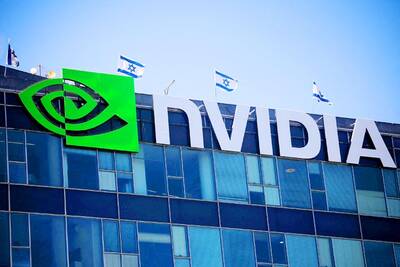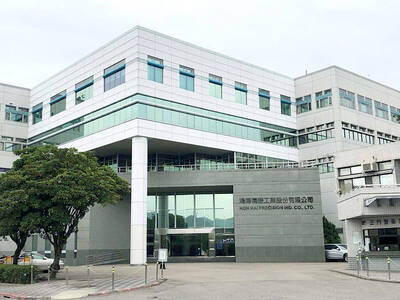Dutch electronics and medical equipment giant Philips said yesterday it had completed the spin-off of its television division to Hong Kong-based LCD screen and computer maker TPV Technology (冠捷).
Philips retains a 30 percent stake, while TPV Technology holds 70 percent in the joint venture, called TP Vision, which will design, manufacture and sell Philips brand TVs throughout most of the world.
“TP Vision will be a strong player in the global TV market and will ensure the continuity of the Philips TV brand in the market,” Philips chief executive officer Frans van Houten said in a statement.
The 3,000 employees and facilities in the Philips TV division will be transferred to TP Vision, which will be headquartered in the Netherlands.
TP Vision will not be able to sell Philips TVs in China, India and the US because the rights to the Philips brand have been sold to other manufacturers.
Philips’ TV unit posted a loss of 54 million euros (US$72 million) in the third quarter of last year amid intense competition from Asian manufacturers.
When announcing the spin-off deal in November last year, Philips said it would take a 270 million euro charge in its fourth quarter earnings in addition to about 110 million euros charged in previous quarters.
Philips, which employs 120,000 people, focused for decades on making televisions and household electrical devices.
About 10 years ago it began developing a medical equipment division, providing such devices as scanners and lighting systems.

Shares in Taiwan closed at a new high yesterday, the first trading day of the new year, as contract chipmaker Taiwan Semiconductor Manufacturing Co (TSMC, 台積電) continued to break records amid an artificial intelligence (AI) boom, dealers said. The TAIEX closed up 386.21 points, or 1.33 percent, at 29,349.81, with turnover totaling NT$648.844 billion (US$20.65 billion). “Judging from a stronger Taiwan dollar against the US dollar, I think foreign institutional investors returned from the holidays and brought funds into the local market,” Concord Securities Co (康和證券) analyst Kerry Huang (黃志祺) said. “Foreign investors just rebuilt their positions with TSMC as their top target,

H200 CHIPS: A source said that Nvidia has asked the Taiwanese company to begin production of additional chips and work is expected to start in the second quarter Nvidia Corp is scrambling to meet demand for its H200 artificial intelligence (AI) chips from Chinese technology companies and has approached contract manufacturer Taiwan Semiconductor Manufacturing Co (TSMC, 台積電) to ramp up production, sources said. Chinese technology companies have placed orders for more than 2 million H200 chips for this year, while Nvidia holds just 700,000 units in stock, two of the people said. The exact additional volume Nvidia intends to order from TSMC remains unclear, they said. A third source said that Nvidia has asked TSMC to begin production of the additional chips and work is expected to start in the second

REVENUE PERFORMANCE: Cloud and network products, and electronic components saw strong increases, while smart consumer electronics and computing products fell Hon Hai Precision Industry Co (鴻海精密) yesterday posted 26.51 percent quarterly growth in revenue for last quarter to NT$2.6 trillion (US$82.44 billion), the strongest on record for the period and above expectations, but the company forecast a slight revenue dip this quarter due to seasonal factors. On an annual basis, revenue last quarter grew 22.07 percent, the company said. Analysts on average estimated about NT$2.4 trillion increase. Hon Hai, which assembles servers for Nvidia Corp and iPhones for Apple Inc, is expanding its capacity in the US, adding artificial intelligence (AI) server production in Wisconsin and Texas, where it operates established campuses. This

US President Donald Trump on Friday blocked US photonics firm HieFo Corp’s US$3 million acquisition of assets in New Jersey-based aerospace and defense specialist Emcore Corp, citing national security and China-related concerns. In an order released by the White House, Trump said HieFo was “controlled by a citizen of the People’s Republic of China” and that its 2024 acquisition of Emcore’s businesses led the US president to believe that it might “take action that threatens to impair the national security of the United States.” The order did not name the person or detail Trump’s concerns. “The Transaction is hereby prohibited,”